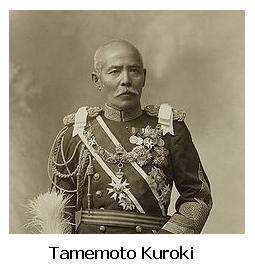
Russo-Japanese War [1904-1905]

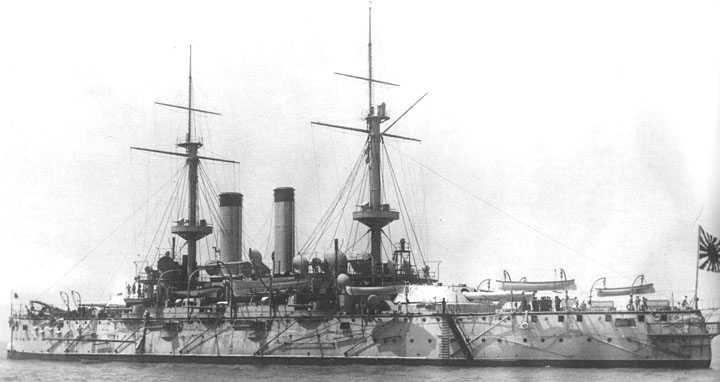
Battle of the Yellow Sea
The squadron in Port Arthur was paralyzed by several attacks at the beginning of the war, which caused significant losses. When she managed to recover with the help of the distinguished Admiral Makarov, another severe blow fell on her.

One hundred and twenty years of the Cordial Agreement
This year marks exactly 120 years since the history of Europe changed irreversibly. To the world's astonishment, on 8 April 1904, Great Britain and France signed a treaty of cooperation in which the two powers agreed on spheres of influence. To demonstrate the consensus, which was a severe blow to German foreign policy, the signatories called the treaty Entente cordiale - the Cordial Agreement.
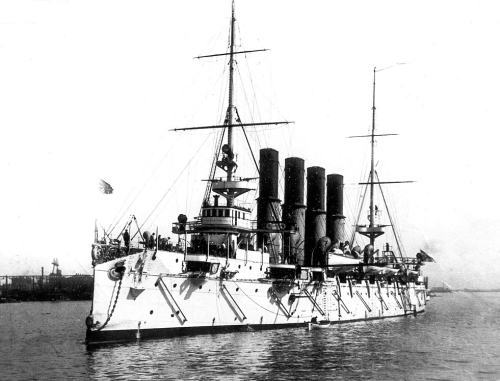
Protected cruiser Varjag
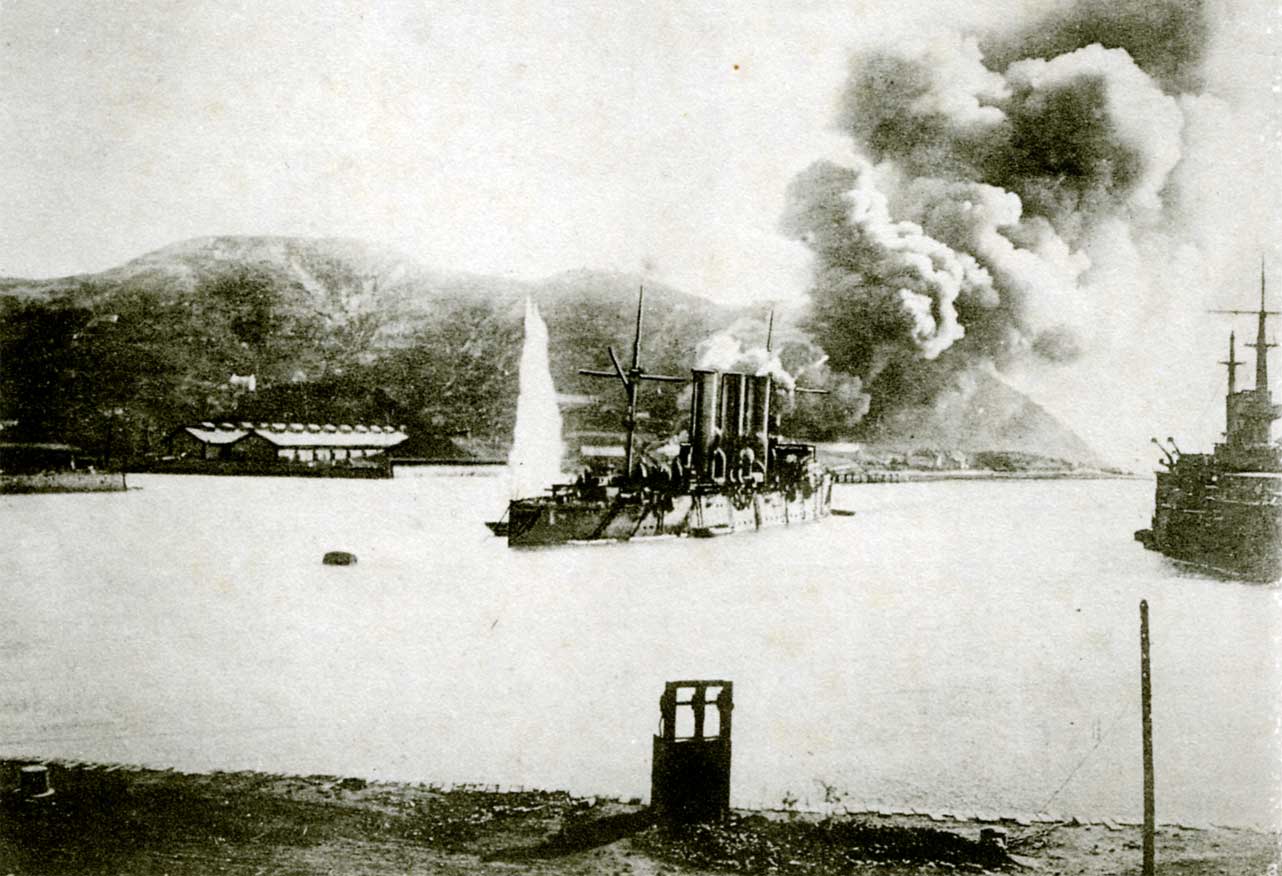
Russo-Japanese War 1904-05 Part 2
Seeing Russia as a rival, Japan offered to recognize Russian dominance in Manchuria in exchange for recognition of the Korean Empire as being within the Japanese sphere of influence. Russia refused and demanded the establishment of a neutral buffer zone between Russia and Japan in Korea, north of the 39th parallel. The Imperial Japanese Government perceived this as obstructing their plans for expansion into mainland Asia and chose to go to war. After negotiations broke down in 1904, the Imperial Japanese Navy opened hostilities in a surprise attack on the Russian Eastern Fleet at Port Arthur on 9 February 1904. The Russian Empire responded by declaring war on Japan.
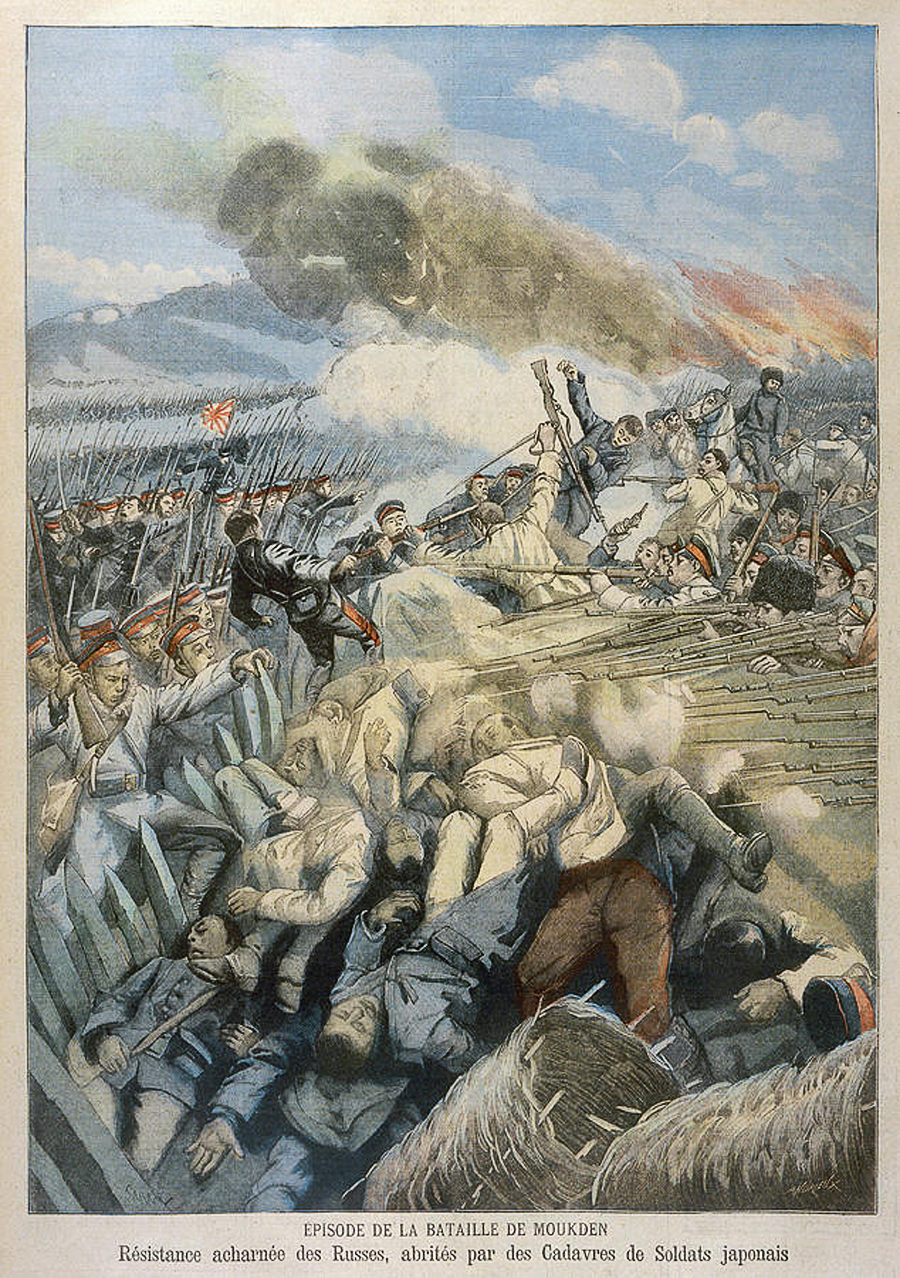
Russo-Japanese War 1904-05 Part 3
Although Russia suffered a number of defeats, Emperor Nicholas II remained convinced that Russia could still win if it fought on; he chose to remain engaged in the war and await the outcomes of key naval battles. As hope of victory dissipated, he continued the war to preserve the dignity of Russia by averting a "humiliating peace". Russia ignored Japan's willingness early on to agree to an armistice and rejected the idea of bringing the dispute to the Permanent Court of Arbitration at the Hague.
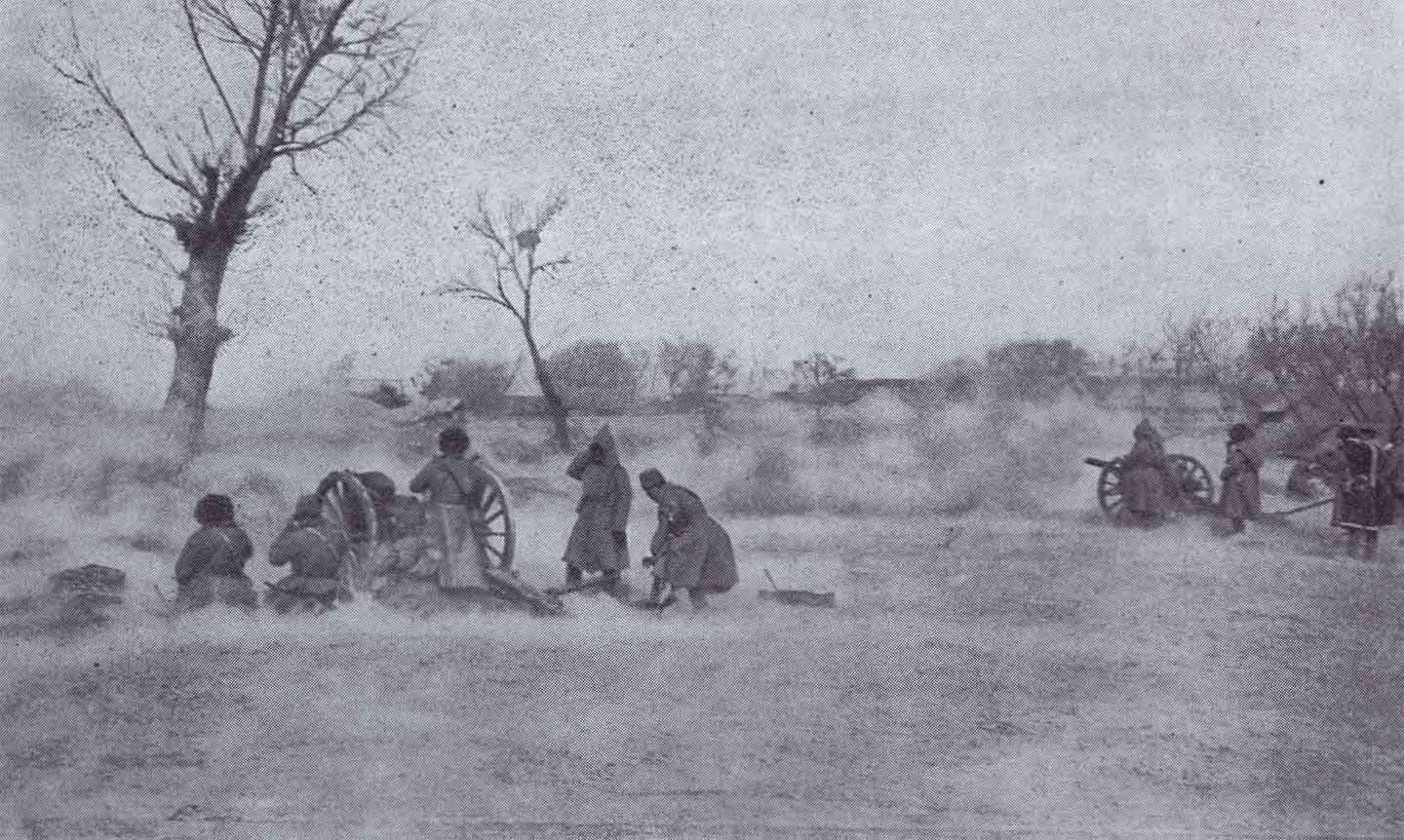
Russo-Japanese War 1904-05 Part 4
The complete victory of the Japanese military surprised international observers and transformed the balance of power in both East Asia and Europe, resulting in Japan's emergence as a great power and a decline in the Russian Empire's prestige and influence in Europe. Russia's incurrence of substantial casualties and losses for a cause that resulted in humiliating defeat contributed to a growing domestic unrest which culminated in the 1905 Russian Revolution, and severely damaged the prestige of the Russian autocracy.
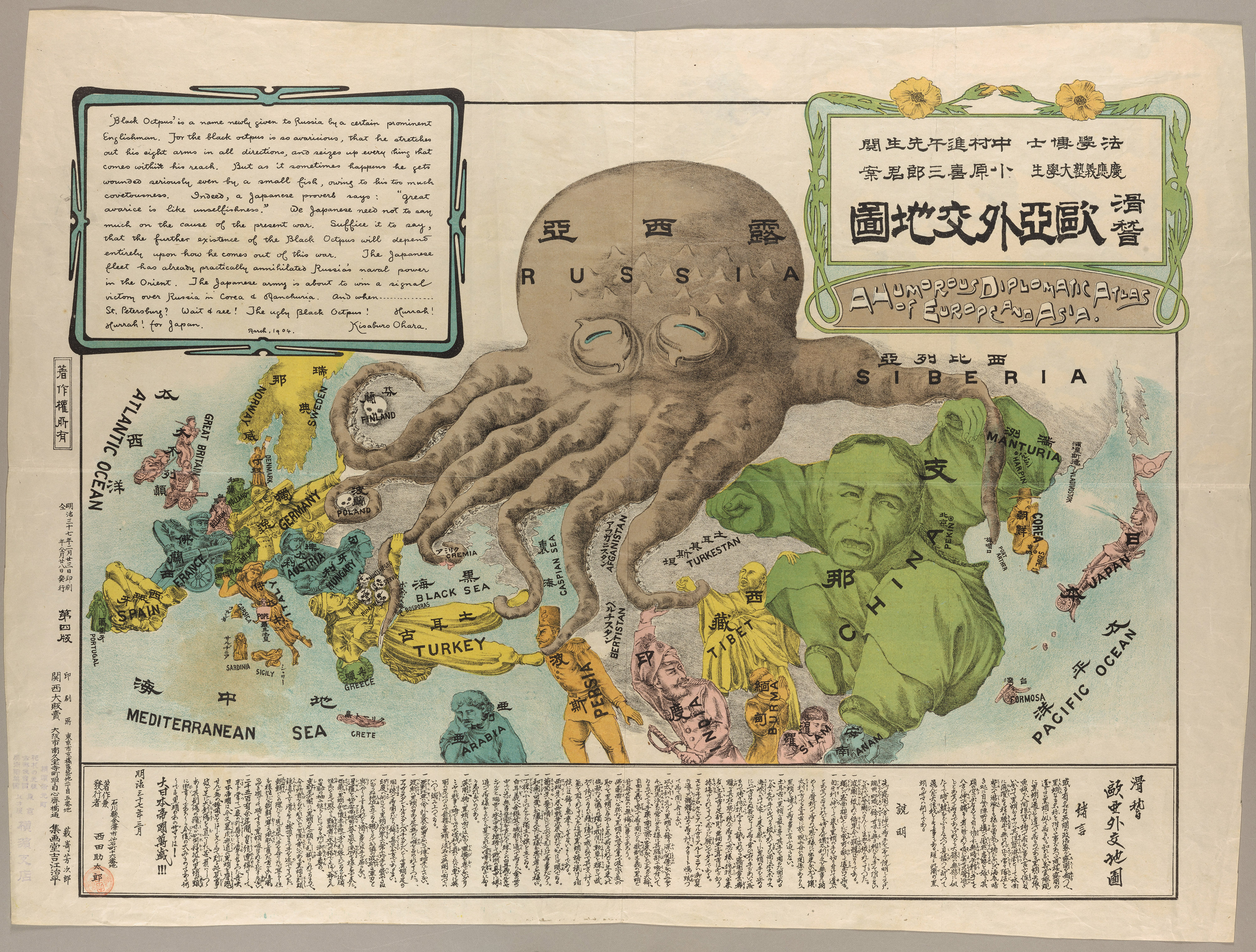
Russo-Japanese War 1904-05 Volume 1.
In the late nineteenth century, a fever broke out among the great powers over the colonial division of the rest of the world. Japan naturally succumbed to this pressure and, like Tsarist Russia, sought to usurp Korea and Manchuria and its share of the division of China. Japan was already dreaming of seizing Sakhalin and the Far East.
Russia sought a warm-water port on the Pacific Ocean both for its navy and for maritime trade. Vladivostok remained ice-free and operational only during the summer; Port Arthur, a naval base in Liaodong Province leased to Russia by the Qing dynasty of China from 1897, was operational year round.
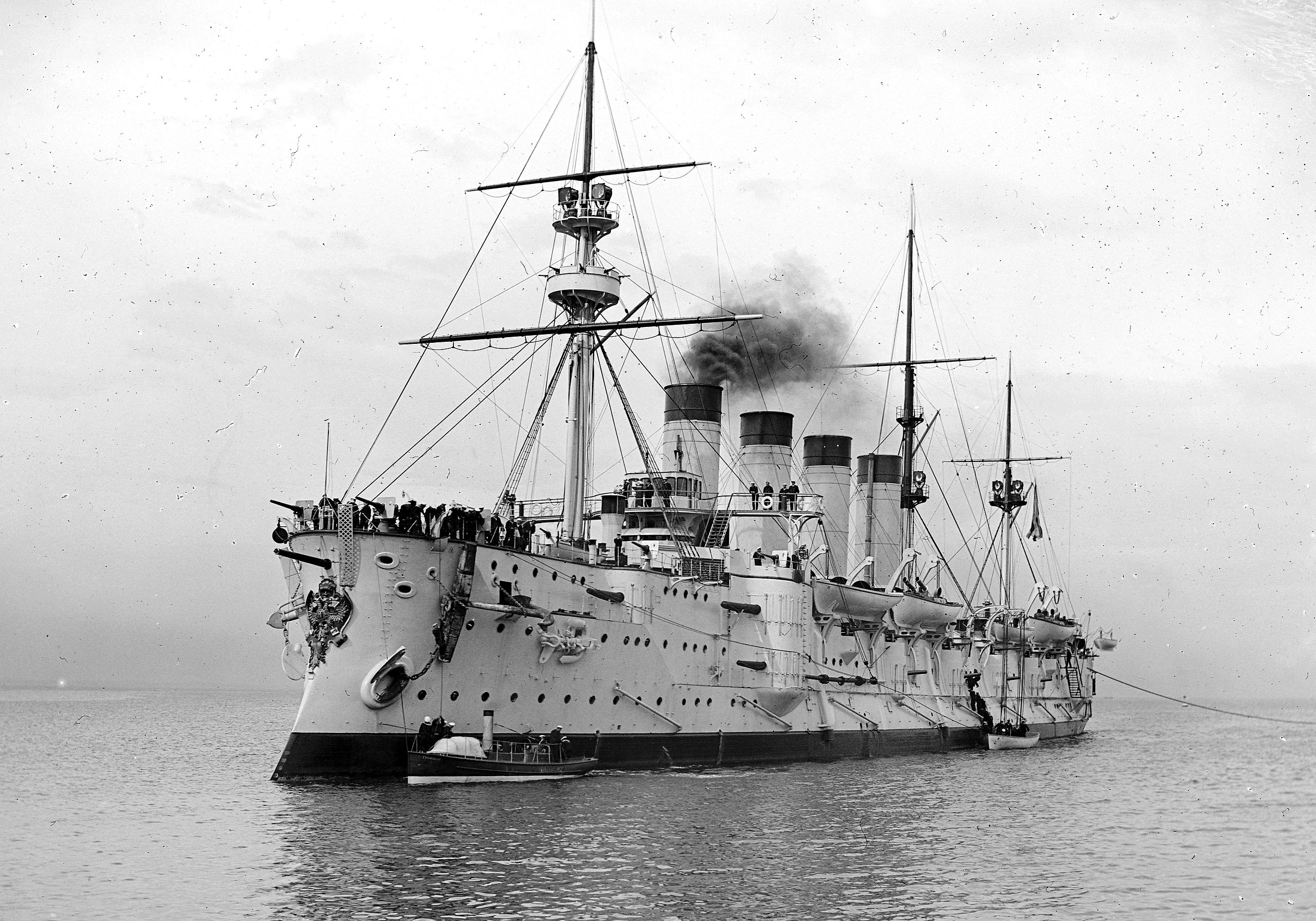
The actions of the Vladivostok cruisers

Winner from Tsushima I

Winner from Tsushima II

Battles
Join us
We believe that there are people with different interests and experiences who could contribute their knowledge and ideas. If you love military history and have experience in historical research, writing articles, editing text, moderating, creating images, graphics or videos, or simply have a desire to contribute to our unique system, you can join us and help us create content that will be interesting and beneficial to other readers.
Find out more